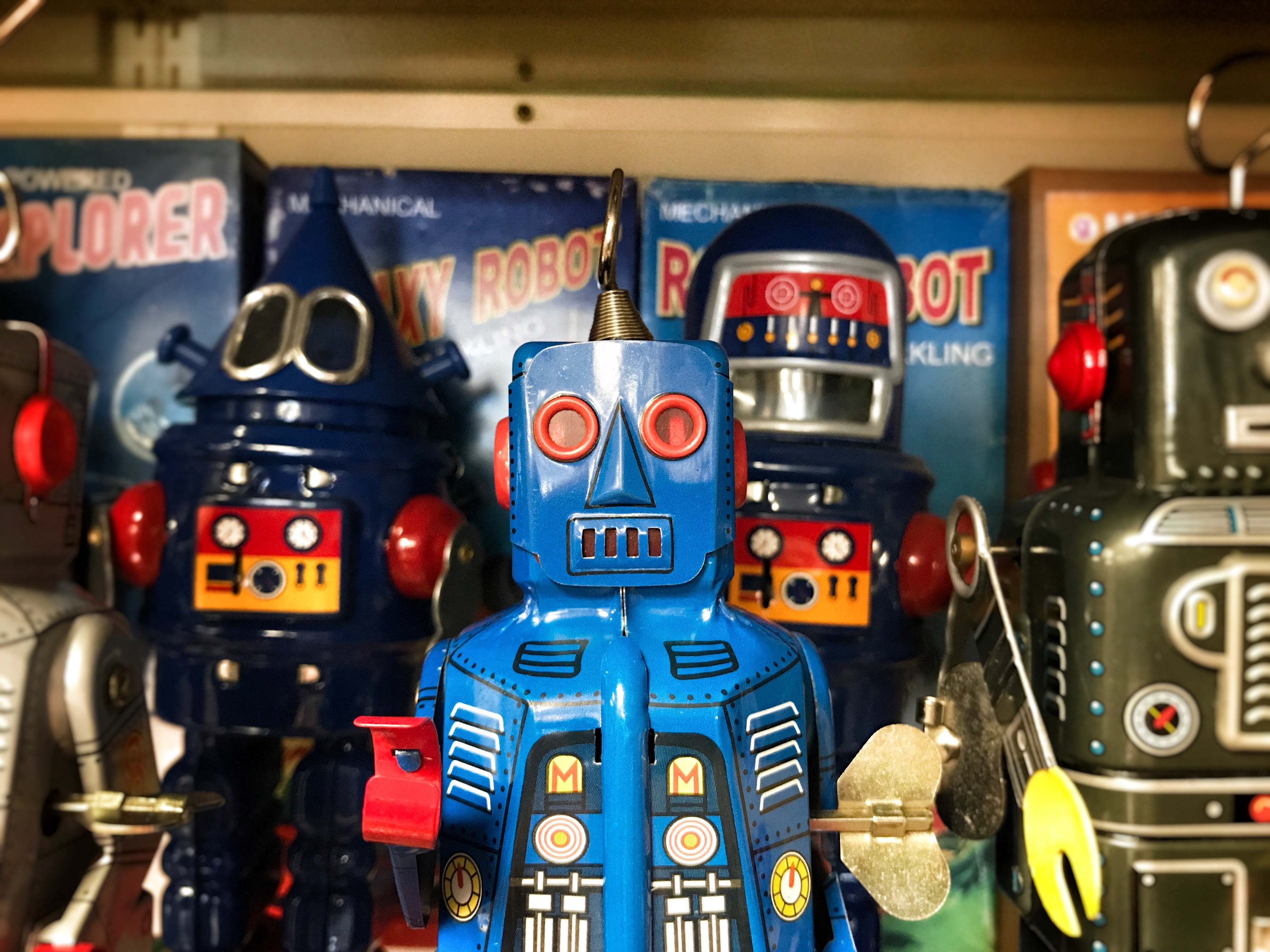4 Education Tools That Seem Straight Out of Science Fiction
Thanks to ChatGPT and other new advances, the gap between science fiction and the classroom is closing before our eyes.

For a long time, the education field has been trying to make itself sound futuristic. Phrases such as the “classroom of the future,” “future-ready learning” and “21st century learning” have been used, and in many cases overused to the point at which these have become meaningless. My editor rightly points out that since we’re nearly two-and-a-half decades into the 2000s, providing "21st-century skills" isn’t exactly something one should brag about.
But over the last year, all this familiar talk of futuristic education has seemed less like hyperbole and marketing and more like reality. The gap between science fiction and the classroom is closing before our eyes and something like the future I read about as a science fiction-obsessed kid in the 90s is starting to materialize, and in some cases has already materialized, in classrooms across the country. We have robot tutors, hologram lessons, and near-instant translation tools.
Here is some of the educational technology I’ve recently written about that wouldn’t be out of place in paperback science fiction novels from the 1950s.
1. ChatGPT and Other Generative AI
Let’s start with the elephant in the room: ChatGPT, and other large language models, including Bard from Google, allow for a dazzling human-to-computer interaction that this time last year would have felt like science fiction to us. While we can – and have – debated the potential harms and benefits of ChatGPT to education, the technology has an undeniable wow factor and has already began to be used as an interactive tutor in several applications.
These tools are also reminiscent of any number of science fiction robots, from Star Wars’ C-3PO to 2001: A Space Odyssey’s HAL 9000 (let’s hope not too reminiscent of the latter), and a thousand other science fiction robots. Doomsday predictions about AI’s use and misuse are also familiar from science fiction and good fodder for classroom discussions about the role of generative AI going forward. Do we need to program in some real-world variation of Isaac Asimov’s Three Laws of Robotics? Or is there an argument for the ban on “thinking machines” found in the Dune universe?
2. Holograms
Anyone who spent much time in Zoom or other video meetings may have been left with the impression that that wasn’t quite the future we’d been promised. Those video calls might be more immersive than a phone call, but it’s a stretch to say they make you feel as if you’re in the room with the person on the other end, or that we’ve finally arrived in some cool future.
That’s not the case with a new breed of holographic display tools that are rolling out to universities and K-12 schools. These devices allow for a “Zoom on steroids” impact in which life-size three-dimensional speakers can be “beamed” into classrooms and interact with students in real-time, says Marifer Sagastume Hurtado Community Coordinator and STEM Designer for Florida Tech’s Center for Advanced Manufacturing and Innovative Design (CAMID). At CAMID, Hurtado and her colleagues also designed a hologram lesson on 3D printing that had higher student engagement and success than more traditional lessons.
Tools and ideas to transform education. Sign up below.
Still, there’s no word yet on when we’ll get holographic chess boards and whether we’ll really have to “Let the Wookie win.”
3. AI Translators
Remember the Babelfish in Hitchhiker’s Guide to The Galaxy, which could translate any language for users? Real-world technology is finally catching up with that idea – though the answer to the ultimate question of life, the universe, and everything remains elusive.
I recently wrote about Pocketalk devices, which are about the size of a phone and provide real-time translations to students and their parents in 82 different languages. These devices are not perfect, but Pocketalk and other modern translation options, can help educators connect better with all students and help students bond with their teachers and peers.
“It can be useful in the classroom setting but also on the playground or in the cafeteria, so it's not just being used for academics but it's also being used for social-emotional bonding,” says Dr. Creighton Helms, director of student services and federal programs at Gervais School District, in which more than 40 percent of students are bilingual learners.
4. Immersive Metaverse and AR/VR Technology
At times the hype around the Metaverse has exceeded its practical applications and Meta, the company formerly known as Facebook, seems to be having more success with its new social media tool, Threads, than its disastrous all-in-gamble on the Metaverse. But Metaverse-in-education proponents believe the technology is still destined for many more classrooms.
Optimism also abounds in regard to solving challenges such as affordability and cyber sickness, a motion sickness-like feeling of discomfort that impacts more than 50 percent of new VR users. Apple’s recently announced Vision Pro augmented and virtual reality headset could certainly help with this.
If and when the Metaverse-style technology does improve and become more accessible, it’s hard to imagine anything more science fiction-like. After all, the very term, “the metaverse” comes from Snow Crash, Neal Stephenson’s strange early 1990s cult classic science fiction novel.
To share your feedback and ideas on this article, consider joining our Tech & Learning online community here.
Erik Ofgang is a Tech & Learning contributor. A journalist, author and educator, his work has appeared in The New York Times, the Washington Post, the Smithsonian, The Atlantic, and Associated Press. He currently teaches at Western Connecticut State University’s MFA program. While a staff writer at Connecticut Magazine he won a Society of Professional Journalism Award for his education reporting. He is interested in how humans learn and how technology can make that more effective.

